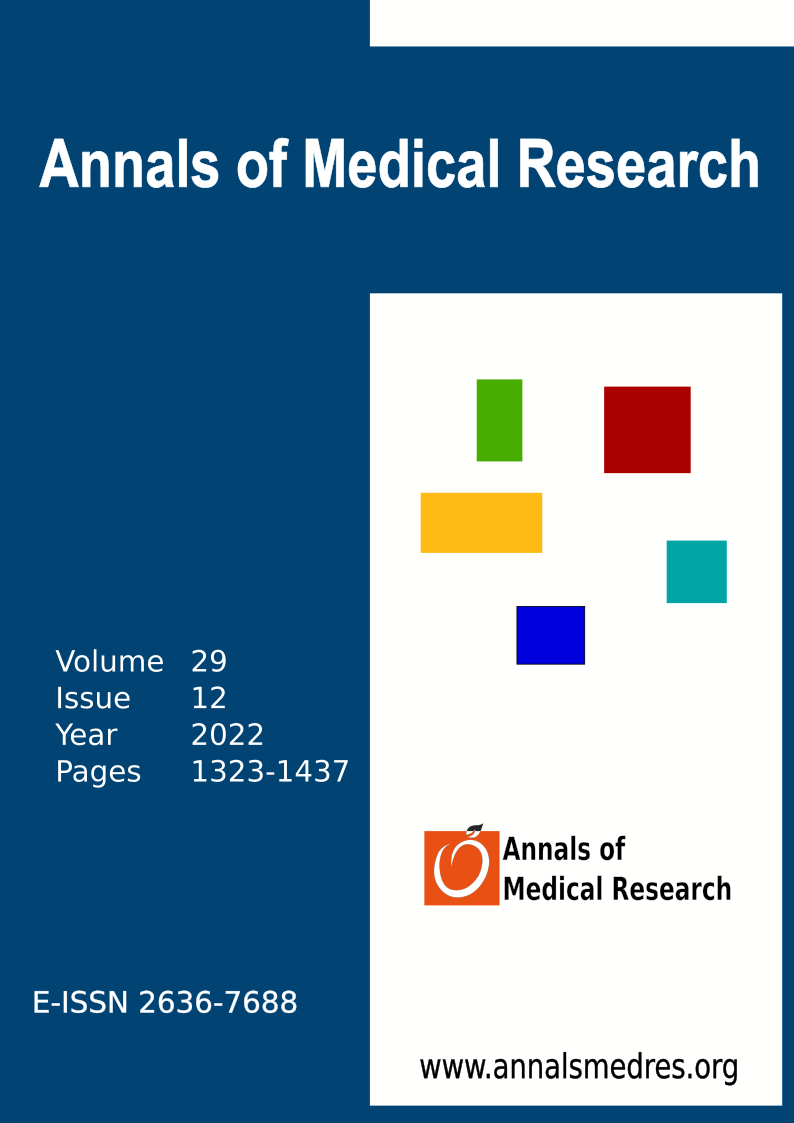Motor imagery profiles of the children with hemiplegic cerebral palsy according to gender and affected side
Keywords:
Age, Cerebral palsy, Gender, Motor imagery, Screen timeAbstract
Aim: The purpose of the present study is to examine the motor imagery profiles of children with hemiplegic cerebral palsy.
Materials and Methods: 52 Hemiplegic (29 males, 23 females) individuals with 11.35 ± 3.48 years of mean age were included in the research. Participants’ implicit motor imagery abilities were analyzed with the laterality task. In addition, weekday and weekend screen times were questioned.
Results: No statistically significant difference was determined in motor imagery abilities in terms of gender and affected extremity (p>0.05). Additionally, a significant correlation was found between screen time and Laterality task affected side accuracy and Laterality task not affected side accuracy percentages in both females and males (p<0.05). A significant correlation was found between age and motor imagery skills of males and left hemiplegic individuals.
Conclusion: Excessive screen times negatively affect motor imagery abilities in Hemiplegic Cerebral Palsy. It was observed that motor imagery skills were associated with age, but not with gender and affected sides.
Downloads
Published
Issue
Section
License
Copyright (c) 2022 The author(s)

This work is licensed under a Creative Commons Attribution-NonCommercial-NoDerivatives 4.0 International License.
CC Attribution-NonCommercial-NoDerivatives 4.0






